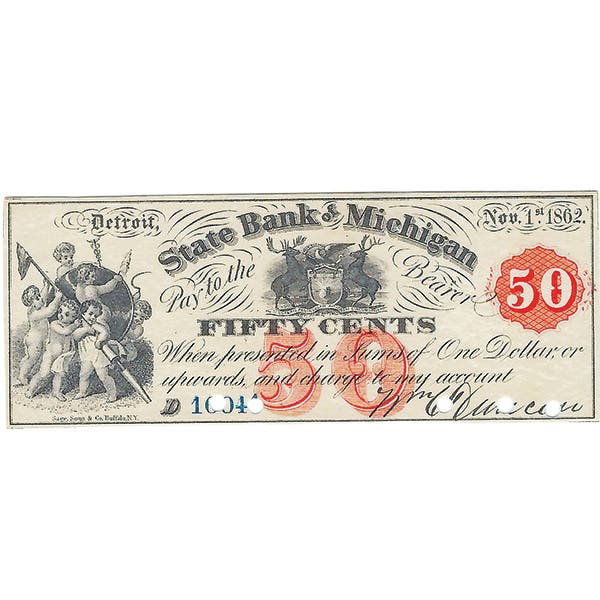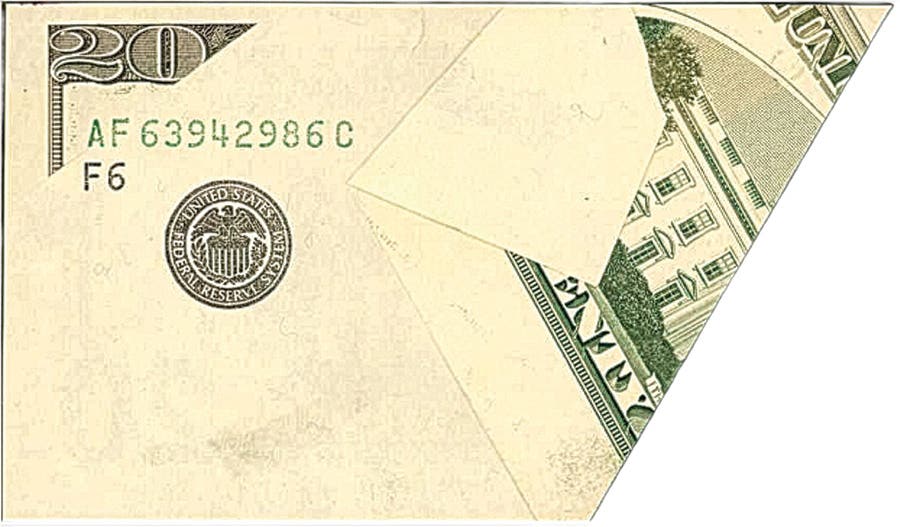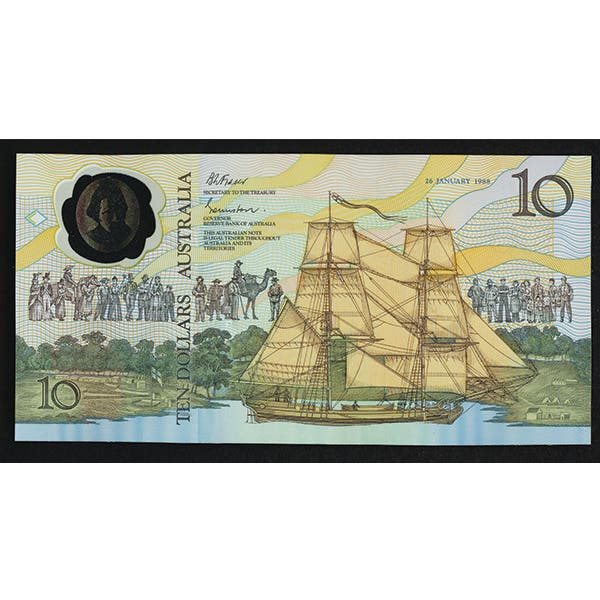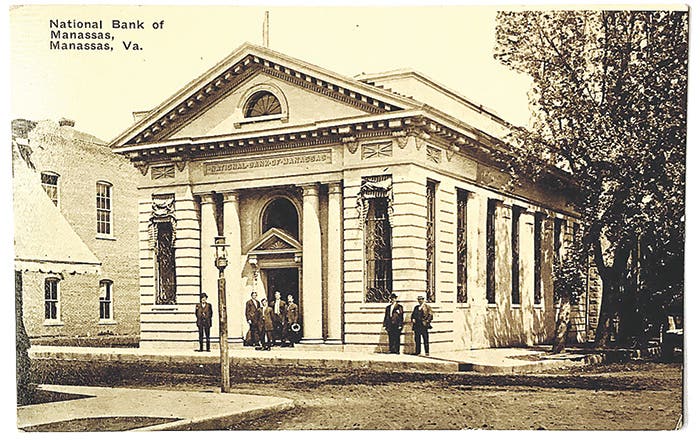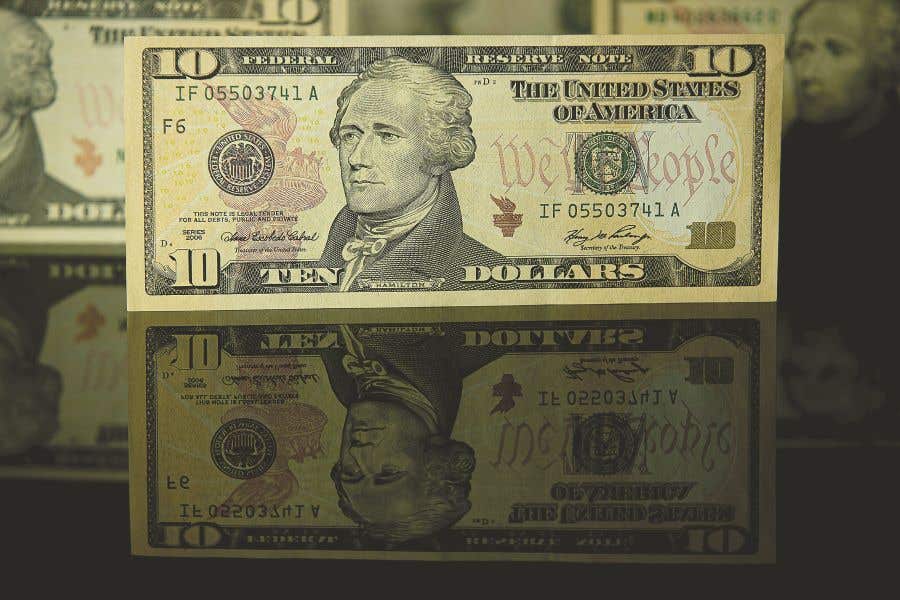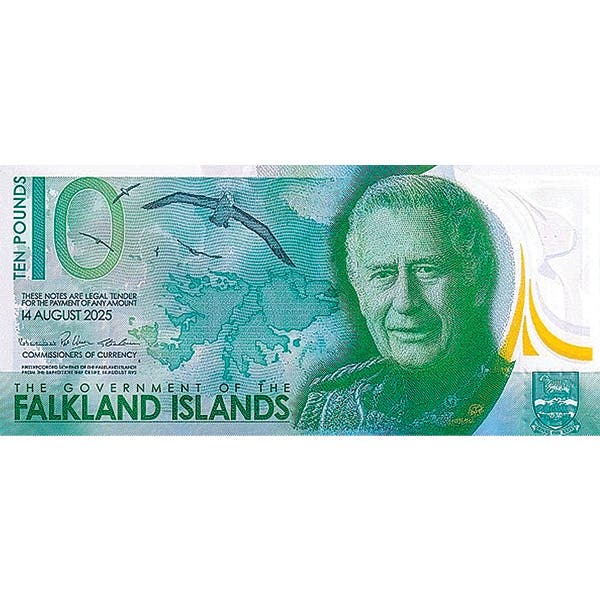Paper Money Market Steady
There was something for everyone in the Mid- January FUN auction. I attended a Fractional Currency Collector’s Board ZOOM meeting, and the discussion was highlighted by the sale prices for…
There was something for everyone in the Mid- January FUN auction. I attended a Fractional Currency Collector’s Board ZOOM meeting, and the discussion was highlighted by the sale prices for dual denomination notes, as presented in an interesting Richard Melemed presentation. A 5 cent/fifty cent Fr. 1231 and 1321 PMG 58 brought $28,000 with buyer’s fees. A butterfly error on a 15 cent Fr. 1257 sold for $6,000. A Negative Essay double denomination second Issue 25/50 cent error realized $25,200. These incredible prices stunned us. These incredible prices were duplicated over and over in other segments of the auction. Record prices were realized in high denomination FRN’s. A $5,000 1934 Dallas note in PMG 64EPQ sold for $312,000, while a $10,000 1934 Boston FRN realized $300,000 in PMG63. $500 and $1000 notes were very strong in grades in uncirculated condition. A $1,000 1934 Atlanta FRN in PMG67 scored a $36,000 bid, while a $500 1934 Boston FRN realized $32,000 in PMG67. Prices were strong throughout the high denomination FRN’s. Large Size notes of all sorts brought high prices. The first recorded $50 Brown Back from Yankton, S.D. in PMG Fine 12 brought $16,800, California National Gold Banks were well represented with five $5 notes and two $10’s. A $5 PMG25 from San Francisco charter 1741 brought $16,800 while two PMG 20’s from the same bank brought $9,000 and $8,400 respectively. A $10 from Petaluma PMG15 realized $20,400. In Nationals, a rare Georgetown, D.C. $20 1875 Series $20 in PMG20 sold for $9,600. A Key West, Florida $5 Brown Back in PMG30 brought $30,000. Florida notes were especially strong. A $100 Brown Back, one of two none from the South Texas National Bank seemed fairly priced at $6300 for a PMG35 rated note. Small Size notes were strong as well, although a Red Seal $1 Legal Tender Rede Seal was also a bargain at $1,800 in PMG12. A 1928E Silver Certificate in PMG65 realized $2,400. Solid serial numbers were strewn through the Small Size notes and brought strong prices. A solid 7 1953A Silver Certificate in PMG64 brought $6,600. A Richmond $10 FRN 1928A Star in 30 fetched $6,000. A 1928 $5 Minneapolis FRN PMG65 serial number 5 made $5,040
The 1928 A series is a sleeper in FRN’s. A 1934C Chicago Star FRN made $3,400. Small Size 1928 Gold Series notes remained strong with a scarcer B-A Block $10 selling for $3,800 in PMG64. Returning to Large Size notes: an Educational $5, Fr269 in PMG65 went out the door at $20,000. Not so long ago these Educational’s were bringing $10,000. A PCGS Black Eagle Fr. 230 in 69PPQ was hammered down at $45,600. A $2 Educational Fr.247 brought $14,400 as a PMG65. One of my favorites, a Fr.311, $20 Silver Certificate in PMG40 realized $16,200. A PMG30 $20 1890 Treasury note sold for $7,800.
The entire auction reminded me of auctions just before the Great Recession of 2008 and 2009. Prices plummeted. A 1935 Mule Star Certificate in PMG64, one of only 9 sold for $8,000. A few years later, the finest known PMG65 brought only $5,000. Be cautious on newly very expensive notes. If we see another big drop in pricing, like the Stock Market, prices will come back, but it might take a while.




